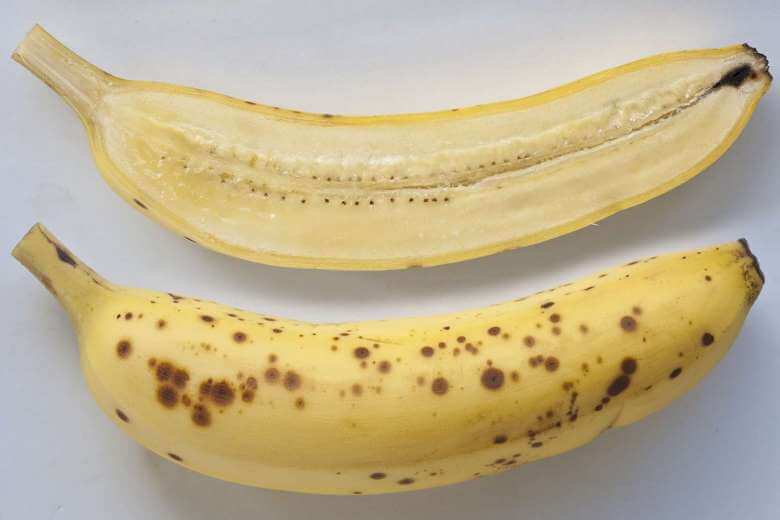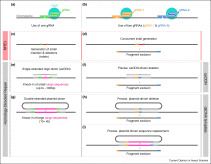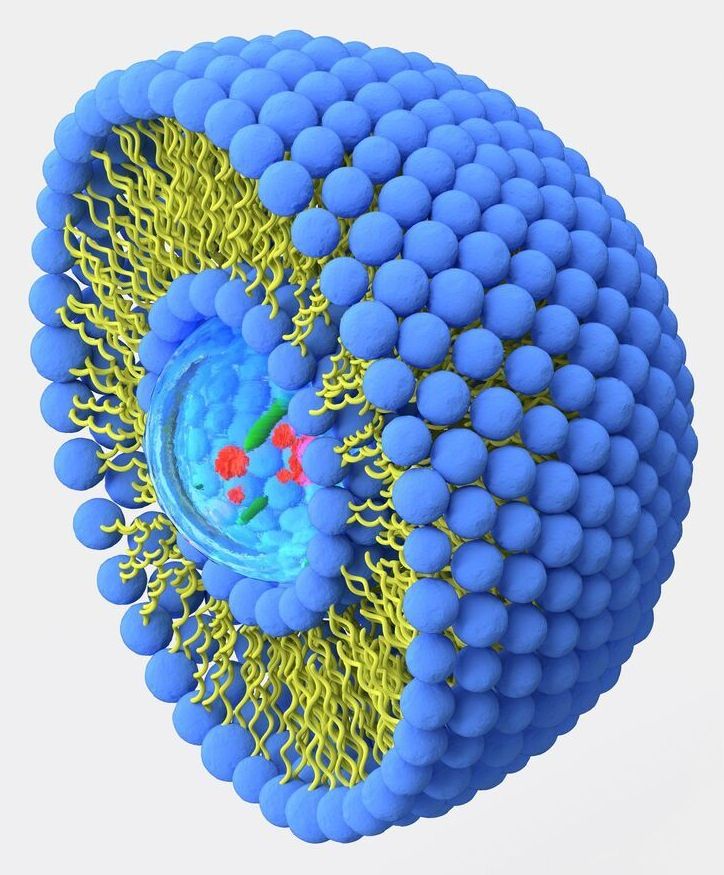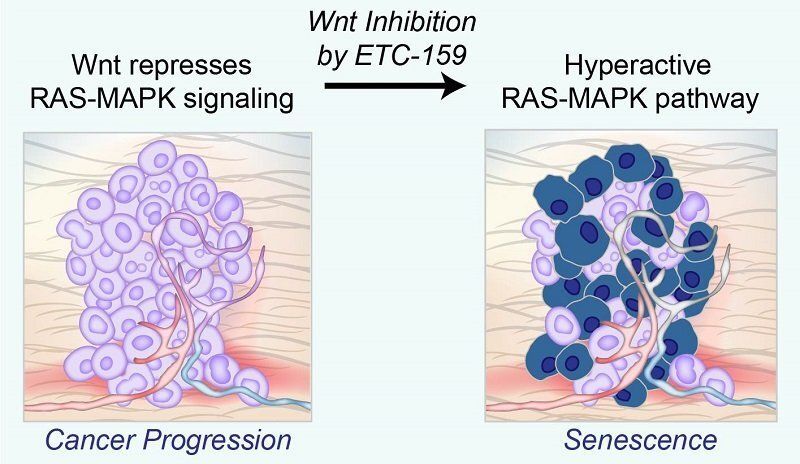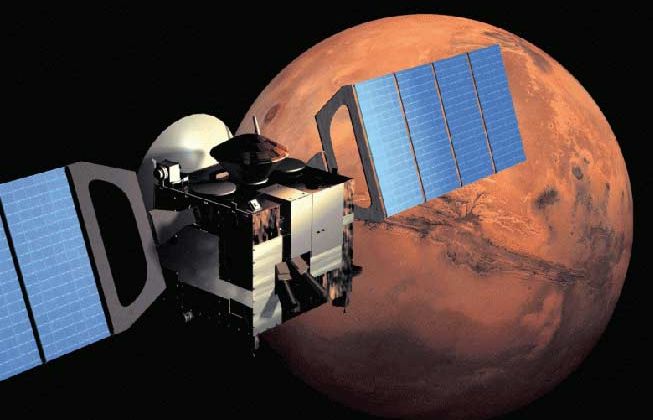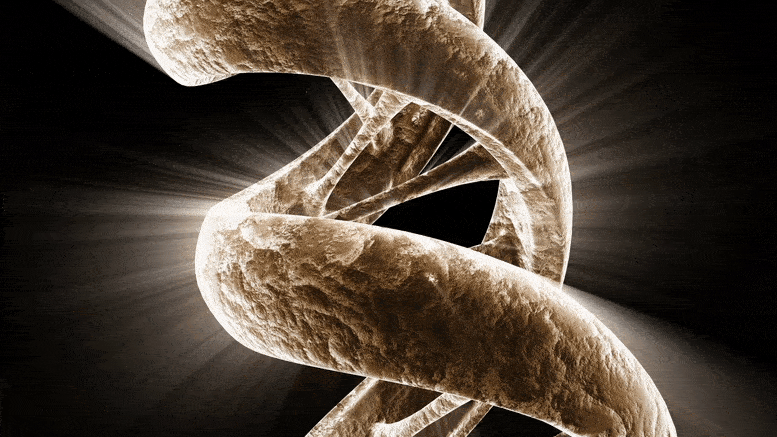Nov 23, 2020
CRISPR-edited bananas immune to killer pathogens advance toward commercialization in Africa
Posted by Quinn Sena in categories: biotech/medical, food, genetics
For more than two decades, I have been working to improve several staple food crops in Africa, including bananas, plantains, cassavas and yams. As principal scientist and a plant biotechnologist at the International Institute for Tropical Agriculture in Nairobi, I aim to develop varieties that are resistant to pests and diseases such as bacterial wilt, Fusarium wilt (caused by the fungus F. oxysporum) and banana streak virus.
[Editor’s note: Abdullahi Tsanni is a freelance science journalist based in Abuja, Nigeria.]
In 2011, my team and I created a set of tools, the only one of its kind in Africa, for changing DNA sequences so that we could develop genetically modified and genome-edited products in sub-Saharan Africa. In 2018, we pioneered the first application of CRISPR gene-editing technology to deactivate banana streak virus in plantains. This technology overcame a major hurdle in banana breeding on the continent, and is the first reported successful use of genome editing to improve bananas.
